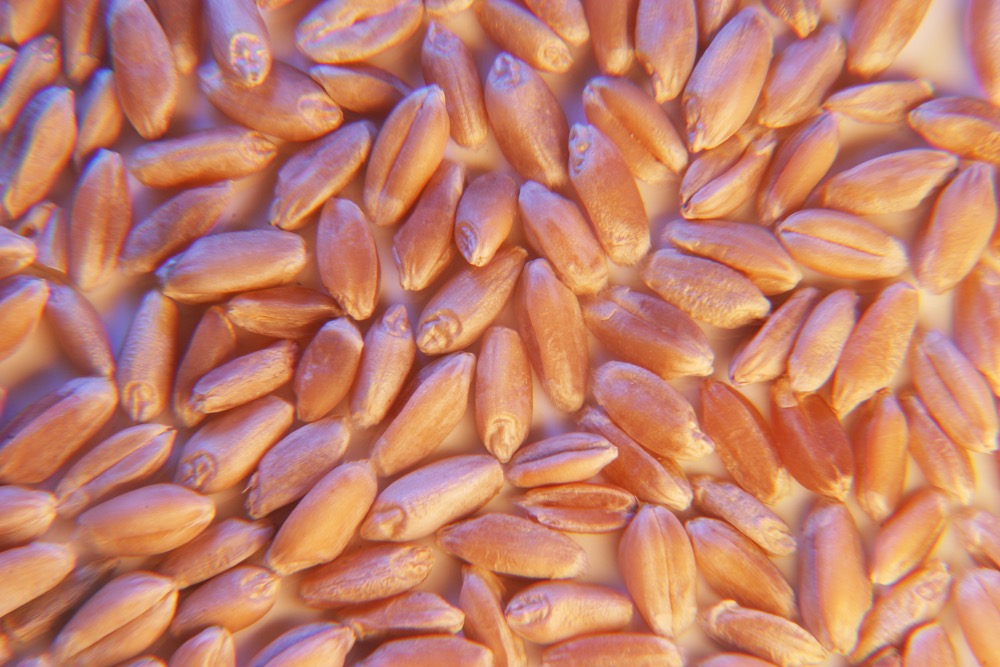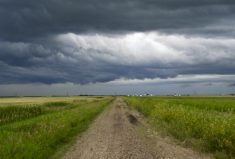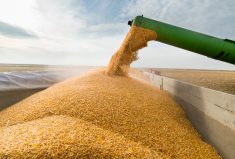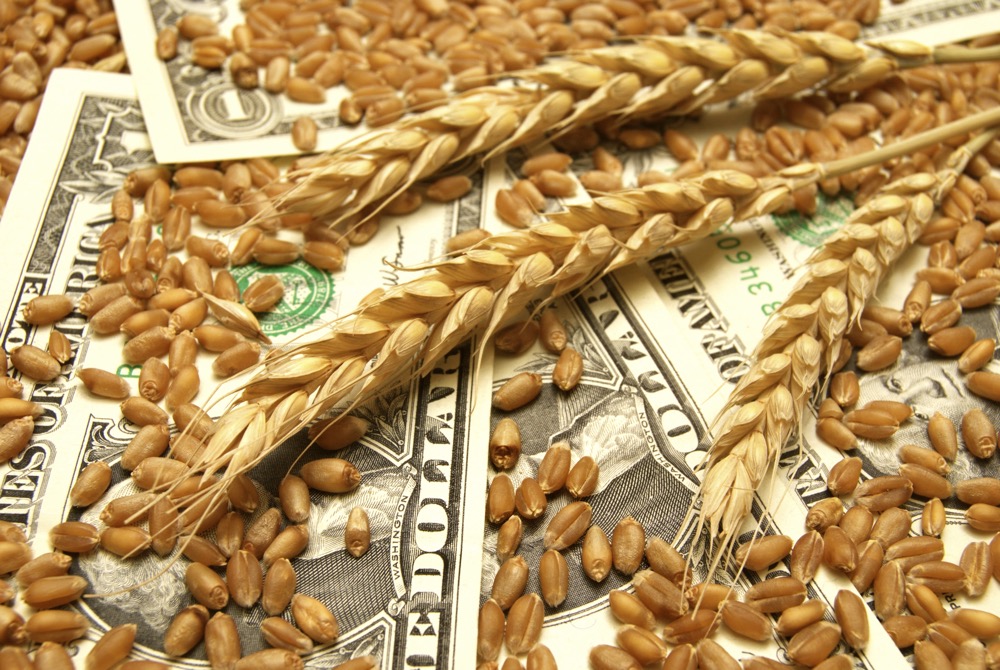Reuters – The U.S. winter wheat crop has emerged from dormancy in miserable condition following a historically dry winter in key production states, almost guaranteeing that the harvest will not rank among the country’s better ones.
The timing is not great since tensions in the wheat market are running high. Global wheat prices hit record levels last month after war broke out among top exporters Russia and Ukraine, and that came on the heels of an already-tight supply situation. The United States is also among the world’s leading suppliers of wheat.
The U.S. Department of Agriculture says 30 per cent of U.S. winter wheat was in good or excellent condition as of April 3, well below the trade expectation for 40 per cent and the year-ago 53 per cent. That was the agency’s first national assessment of wheat conditions since late November.
Read Also

The new spin on farm legacy
Farmers are starting to think differently about the future of their farms in Western Canada. What does this mean for the next generation and farm succession planing?
Crop health has rarely been this poor in early April. Only 27 per cent of winter wheat in 1996 was good or excellent within the first 10 days of the month, and 2018 was close behind with 31 per cent. Final yields were poor in 2018 but terrible in 1996.
In fact, U.S. winter wheat yields have never been above the long-term trend when much less than 45 per cent of the crop is good or excellent as of early April. Along with 1996, lousy harvests such as 1989, 2002 and 2014 were also in poor shape at this juncture. Records go back to 1986.
This year’s crop, which should be harvested in June and July, was in bad health last fall as crops were sown into very dry soils across the U.S. Plains and West. Precipitation over the winter months was among the lightest ever in those areas, almost ensuring wheat would emerge in tough shape come spring.
Not all crops end up in disaster when health ratings are low at this point. About 36 per cent of the 2011 and 2013 winter wheat was good or excellent in early April, and adequate but not good rainfall during April helped those yields fall only a couple of percentage points from the trend.
Rainfall is most critical in April, after the crop emerges from winter dormancy. However, the U.S. government outlooks for the month suggest that the Southern Plains could remain drier than normal. That is a typical side-effect of La Niña, which happens when surface waters in the equatorial Pacific Ocean are cooler than normal.
La Niña conditions are expected to linger into the U.S. summer, much like some other years where winter wheat conditions were low and yields were very disappointing, including 1989, 1996 and 2018. In fact, almost all the crops with poor health in early April were associated with La Niña or near La Niña conditions.
One bright spot is that U.S. farmers appear to have planted the highest winter wheat acreage in six years, as was revealed last week in USDA’s acreage survey.















